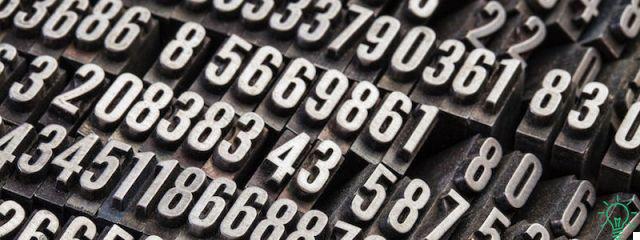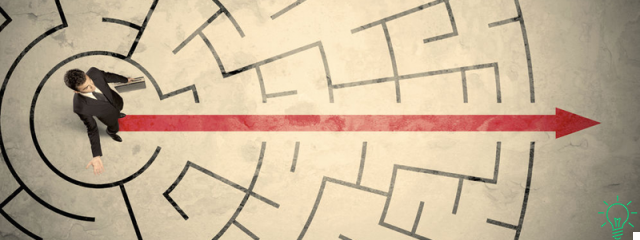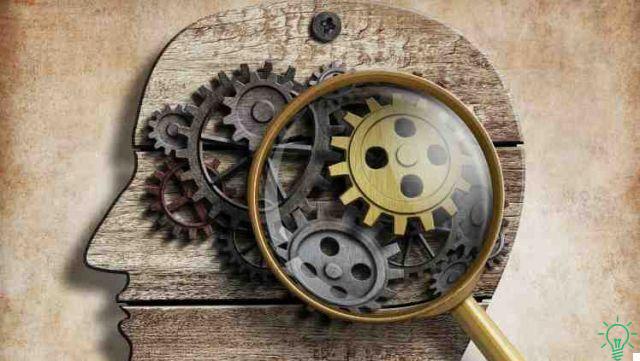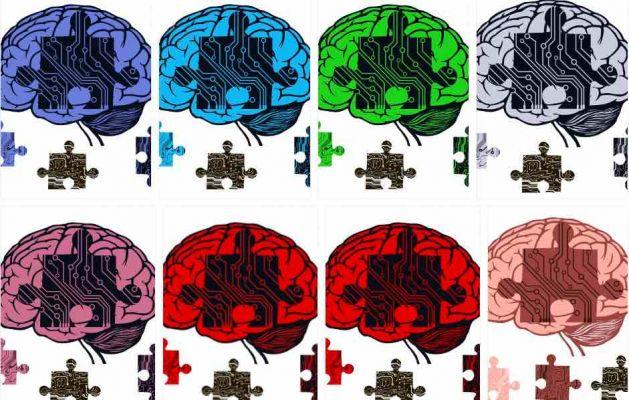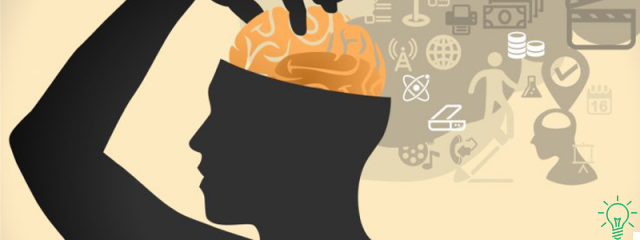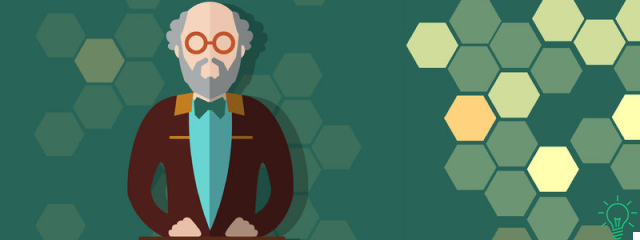
La codification effective information is the first and most important step to having one supermemoria. In fact, memory is classically defined as the ability to:
- Encode
- To store
- Call back
information, in whatever form it presents itself to us. “Having a good memory” therefore, in the end means being able to do the three actions mentioned above with great efficiency and in sequence. Some Memory techniques well known, such as that of the Loci have to do above all with the last two passages, that is to store e call back. But the real limiting element of memory, without detracting from the other two, is precisely the first (and precisely as the first): the Codification.
An example of coding
Try to remember, reading it in 5 seconds, the following sequence of 12 numbers:
1 4 9 2 1 1 0 9 2 0 0 1
Without looking at them, now try to write them down on a sheet of paper (or just try to remember them in your mind if you don't have a sheet at hand). Chances are you have been able to remember very few of them. Maybe in 5 seconds you couldn't even read them all. It is in fact one abstract sequence of information which for the brain has almost no meaning, that is, it does not represent anything specific, that is, it has no code of interpretation. Now read the two sentences below in 5 seconds:
Columbus discovers America - Attack on the Twin Towers
The year of the discovery of America is precisely 1492, that is the first 4 numbers of the above sequence and the attack on the Twin Towers is the infamous 11 September 2001, or 11-09-2001, which are precisely the 8 numbers that make up the last part of the above sequence. Are you able now to remember the 12 number sequence above? I think so. And you will still remember it tonight, and tomorrow, and probably a week from now. Why?
Because the brain has carried out an effective coding of information
That is, he found a simple way to represent it. Now it is no longer a series of abstract numbers, but a succession of two dates that you know perfectly well. Now maybe you can tell me “Ok Anthony, here you prepared the coding, and it is obvious that you have succeeded. But in the real world these things don't happen ”. But you are wrong.
Any information can be encoded
And then made it easy to remember by following two simple coding rules:
- From difficult to easy
- From the unknown to the known
Memory techniques are first and foremost coding techniques that follow the two rules you have just seen, and in my experience it is always possible to convert a "difficult" information into an "easy" info, and associate an "unknown" info with a "known" info. The methods to do this are many (and if you've read my books or blog you already know some), but in the end, at least in the ADM system for memory, the info is always encoded to obtain images (see my article Remembering Through Images).
Memory techniques are, in the end, just simple, elegant and standardized systems of codification. In particular, standardization is very important: sticking to the example of numbers, if it is true that 1 4 9 2 1 1 0 9 2 0 0 1 it can be easily remembered by anyone using a codification in two historical dates that everyone knows, it is not the same for an infinity of other numbers. Without standardization, therefore, the techniques could not always be applied, and above all they could not be taught.
An example of standard coding: phonetic conversion
It is one of the best known mnemonic coding techniques, very famous for having been used, among others, by the philosopher Leibniz and Lewis Carrol, the author of Alice in Wonderland. It matches any number from 0 to 9 a consonant sound, in such a way as to be able to convert any sequence of numbers into words (and therefore images) of complete meaning, by adding vowels. The number-consonant coding scheme is as follows:
Applying it for example to the coding of the numerical sequence: 1415926535
We find the consonates: TRTLPNCiLMGl
which go through a second codification step, adding vowels and forming words for example:
- TRoTa
- aLPiNa
- CieLo
- MuLo
Very easy to tie and remember with one of the image binding techniques. At this point, when you want to remember the starting number, you will perform the reverse coding process, passing from words to reference consonants, and from consonants to numbers. And with a little practice you will be able to do all this in seconds (in memory competitions it is not uncommon to see people learning sequences of more than a thousand digits in an hour, and in general with little exercise anyone can learn tens. of figures in a few minutes). This is just the beginning of the potential of memory techniques!





